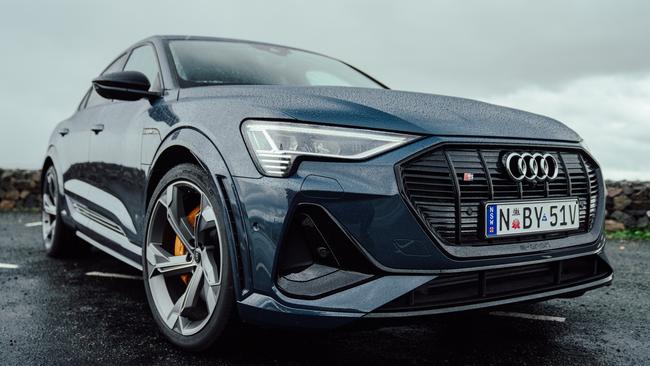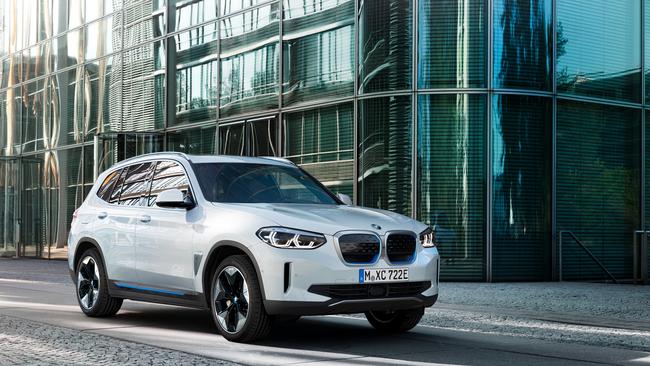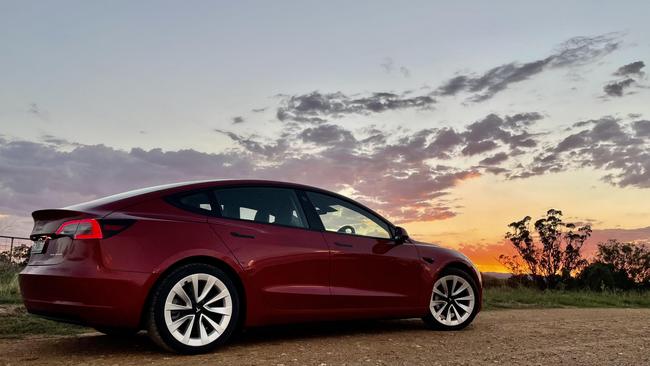What EVs cost to run compared to petrol-powered cars
Between purchase rebates, low maintenance costs and high residual values, great savings are available for EV buyers.

It’s no secret that you currently need to make a substantial outlay to get into an electric vehicle.
The cost of batteries and the relative infancy of the technology means the modest selection of EVs available are not cheap, with many of them priced at the premium end of the market.
On the plus side, the minute you slide behind the wheel there are savings to be made.
Beyond that initial purchase price, EV ownership is significantly cheaper than owning a petrol-powered car.
The most savings come in how much you’ll pay to keep it mobile.
Most people pay between 25 and 30 cents per kilowatt-hour of electricity at home and an electric car typically uses between 12 and 25kWh per 100km.
So in a worst-case scenario – a big, heavy EV with supercar-like acceleration – it may cost you something like $7.50 to travel 100km.
Pick one of the more efficient EVs and you can halve that to less than $4 per 100km.

Compare that with petrol and the savings are obvious. Even an efficient, hybrid-propelled city car will use close to 5 litres per 100km, so will cost around $10 per 100km in an era of $2 per litre fuel. Many petrol-powered SUVs will use double that, or more. That means that over five years, or 75,000km of driving, you could save $10,000 in petrol costs (or more if the fuel price continues its rapid rise).
If you’re charging from free public chargers or using home solar, your cost of energy can be reduced to an even more impressive zero, ramping those five-year savings up to $15,000.
EVs also require much less attention in servicing, because electric motors are far simpler than an engine – fewer moving parts – so they don’t require maintenance.
The main things that need checking are brakes and suspension systems, which most manufacturers want to check every two years. Most also require replacement of battery cooling fluid every five or six years.
It means that as well as fewer trips to the dealership, you’ll spend less on servicing.
Those prices are reflected in the service packages of some EVs. A BMW iX3, for example, costs $1650 to service over the first six years of ownership, whereas the petrol models cost $2010 for just five years.

For Mercedes-Benz the difference is starker: a GLC SUV costs at least $5800 to service over five years, whereas the equivalent EQC electric is $2650.
For Audi, the servicing for the e-Tron electric SUV is included for the first six years or 90,000km, saving at least a few thousand dollars.
But the biggest cost with any new car is how much less it’s worth after a few years: depreciation.
While early EVs into the market trailed their internal-combustion-engine (ICE) cousins for residual values, that’s fast changing.
And in the case of Tesla, the Model 3 is regularly one of the top-rated cars for holding its value, according to industry bible Redbook.
“All Teslas are quite strong compared with ICE vehicles,” says Ross Booth, the general manager of Redbook.com.au.

While more basic EVs at the bottom end of the market tend to struggle with residual values, he expects EVs that focus on technology, performance and luxury to continue to perform strongly.
“We’re fairly buoyant on EVs bridging the gap from a future-value perspective,” he says.
Booth references hybrid vehicles and how long it took for them to be more readily accepted on the used-car market, a road he thinks will be much shorter with EVs. A look at the numbers reinforces the point.
After five years and 80,000km of ownership, Redbook estimates a Tesla Model 3 will retain around 68 per cent of the original purchase price.
The Ioniq 5 may be the most expensive car in a Hyundai dealership, but it’s forecast to perform better from a resale perspective than the most expensive versions of the Santa Fe and Palisade SUVs; the Ioniq is tipped to retain 54 per cent of its value versus 52 per cent for the Palisade Highlander and 48 per cent for the Santa Fe Highlander.
There are also EV savings to be had depending on where you live.
Queensland, NSW, Victoria and South Australia offer rebates of $3000 while Western Australia recently announced $3500 rebates. There are price limits that preclude the more expensive EVs on the market, but for many it’s an easy way to pocket a quick saving.
In Tasmania and the ACT, EVs also sidestep stamp duty, while in NSW you can also get a stamp duty refund on EVs priced below $78,000.
Given the increase in demand and tight supply, though, the challenge for many could be getting hold of one.



To join the conversation, please log in. Don't have an account? Register
Join the conversation, you are commenting as Logout